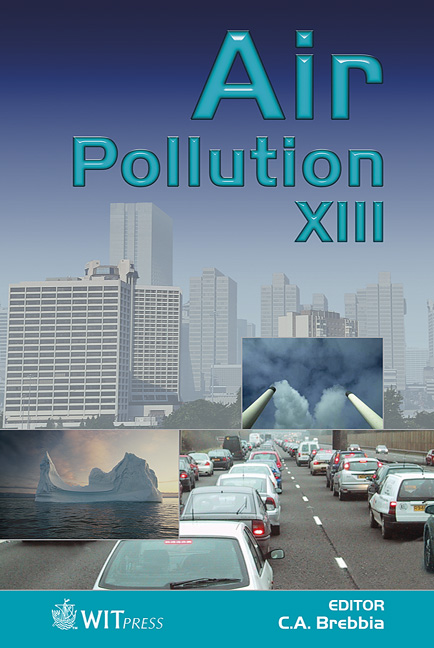Assessment Of Air Quality And Atmospheric Deposition In Hungary
Price
Free (open access)
Transaction
Volume
82
Pages
7
Published
2005
Size
340 kb
Paper DOI
10.2495/AIR050201
Copyright
WIT Press
Author(s)
L. Bozó
Abstract
Annual average atmospheric concentrations and depositions of sulfur and nitrogen species, as well as trace metals in Hungary and its surrounding regions were estimated by model computations. Spatial and temporal variations of the distributions are presented in this paper. The temporal variation of atmospheric sulfur budget was calculated based on a simple atmospheric box model. In the case of atmospheric lead, the cumulative atmospheric depositions were also estimated for a sixty-year long period until 2015 using historical emission factors for the past decades as well as emission scenarios for the future. It was found that Hungary belongs to the moderately polluted regions of Europe. It was also estimated that a significant part of the tropospheric ozone and its precursors are imported to Hungary through long-range atmospheric transport processes. Based on dispersion model computations, spatial distribution of PM10 was also estimated for Budapest to get detailed information on the particle pollution level at different locations in Budapest. Keywords: atmospheric deposition, long-range atmospheric transport, regional and urban air quality. 1 Introduction For the past decades, energy generation, industrial production and transportation have caused serious environmental contamination in East-Central Europe. The rate of contamination can vary from place to place as a function of source densities and intensities of pollutant fluxes as well as meteorological conditions. The pattern of pollution may be characterized not only by local, highly concentrated sites such as densely populated urban areas, but also by lower
Keywords





